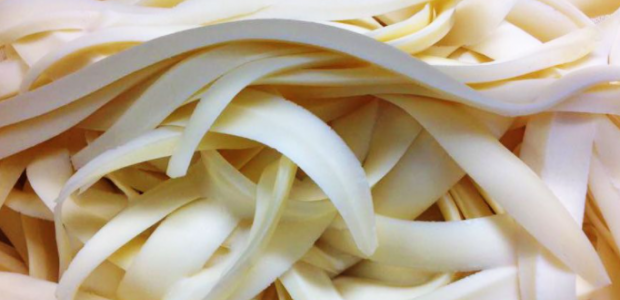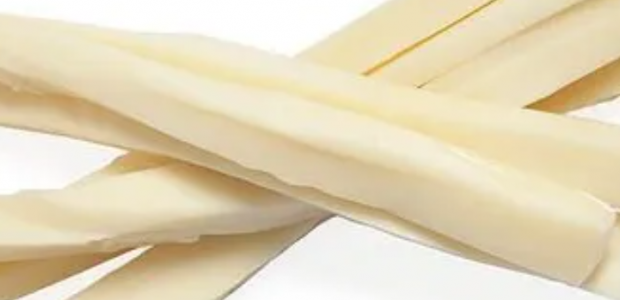Languages
Tosone: the waste became the protagonist
Grana: Fresh and saltless
The older ones who grew up in Emilia will remember the mythical toss. It was given free of charge, especially to the boys, when you went to the trusted cheese-goer to buy the cheese. It was a gift simply because it was discarded during the processing of Grana, but it still remained too good to be thrown away and not tasted by someone.
So good that the legendary Zucchero Fornaciari transformed it into his daily mid-morning snack at school, and in his book "The Sound of Sunday" he even confesses to having beaten a companion of the time who had stolen his precious gastronomic treasure.
But let's go back to the protagonist of the article: the tosone. It is not so obvious that everyone knows what it is, quite the contrary.
As mentioned above it is a waste of Grana. It is "toasted", and hence the name, from the newborn forms of Grana while they are in the respective bands, or circular foils that serve precisely to make the cheese take on the classic shape. On the two surfaces of the wheel, however, excesses remain that are scraped with special knives responsible for the stick shape of the tosone.
So it is nothing more than fo, as the shapes are salted, being immersed in a saltwatertank, only after sheaving.
With soft paste, as white as milk and still dense with its flavor, this is the tosone. A waste more than worthy of savory.
Or at least, yesterday was a waste. Today, special forms of Grana are made to be completely transformed into Tosone. In fact, there is a flourishing market for this cheese, which if before it was even given away, today finds itself on the dealer's counters flanked by a price tag that shows the price of about 8-9 euros per kilo, not even so far from the price of short-aged Grana. "From zero to hero" they would say in English-speaking countries, "From zero to hero" literally translated.
From how it is presented on the menus of the premises it seems something more refined than Grana, although it is actually more sought after. Given the soft pasta it is almost always used melted in restaurant dishes, usually imprisoned in a cage of crispy bacon or fried batter. As a protagonist in appetizers or as an accompaniment in various first and second courses, its nature allows it to be appreciated in the most diverse contexts. Even if eaten raw, as the boys did in a time that now seems so far away, but approachable with this magical Emilian tradition. Although at the cost of a few extra money







